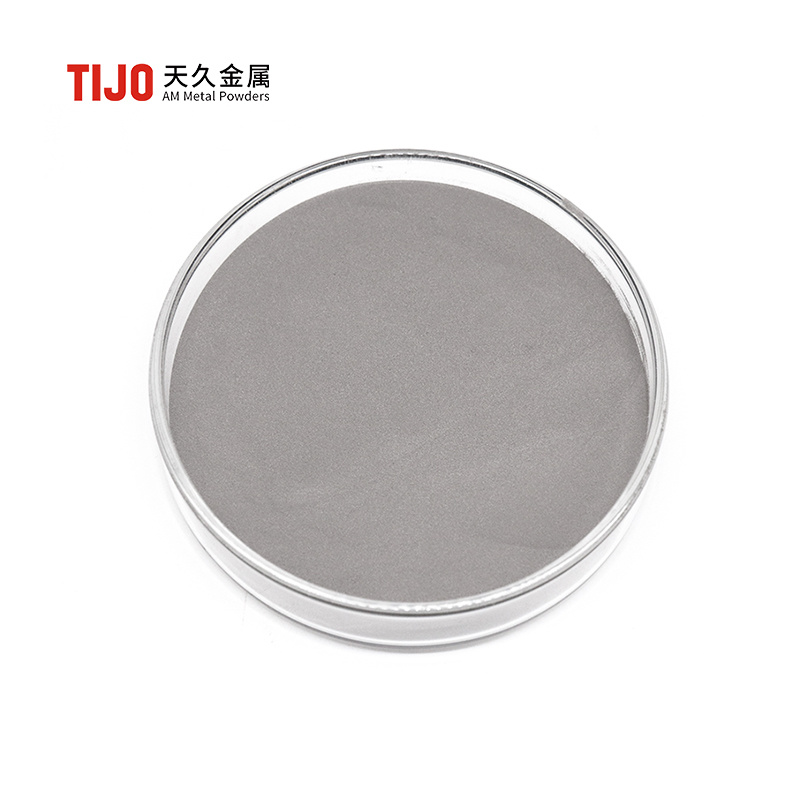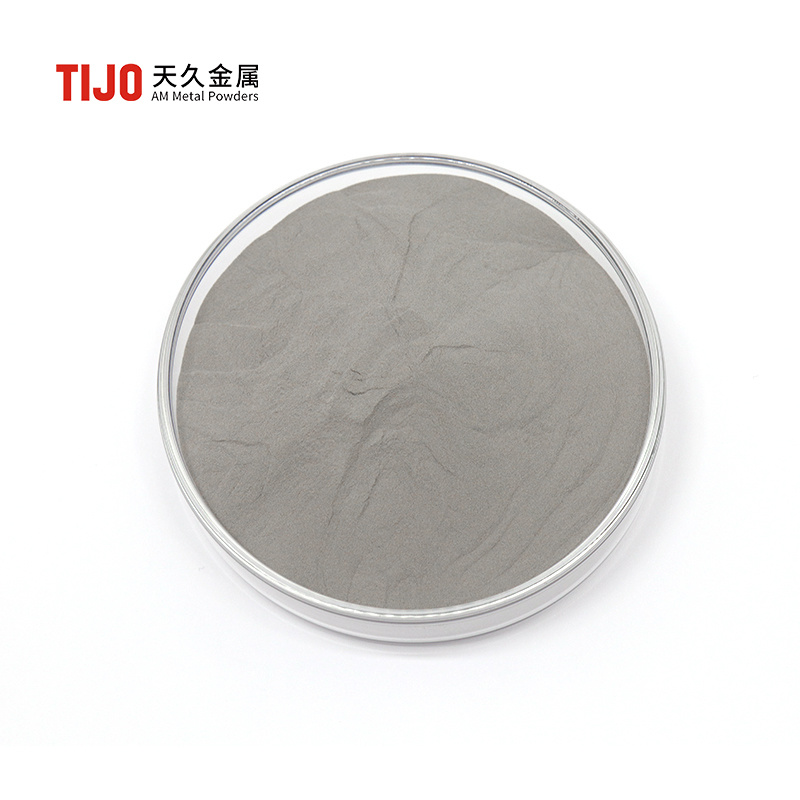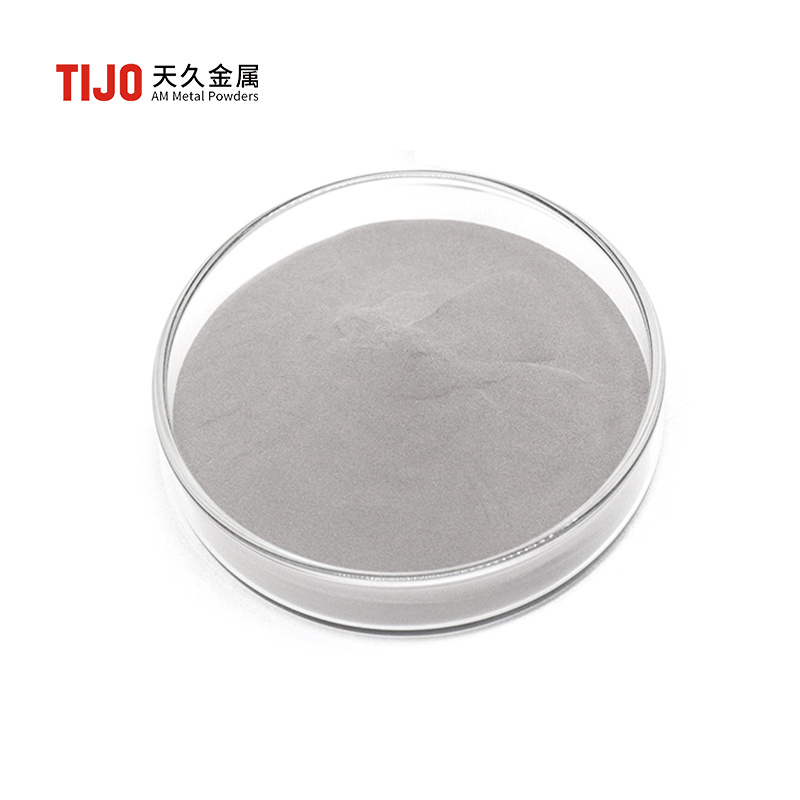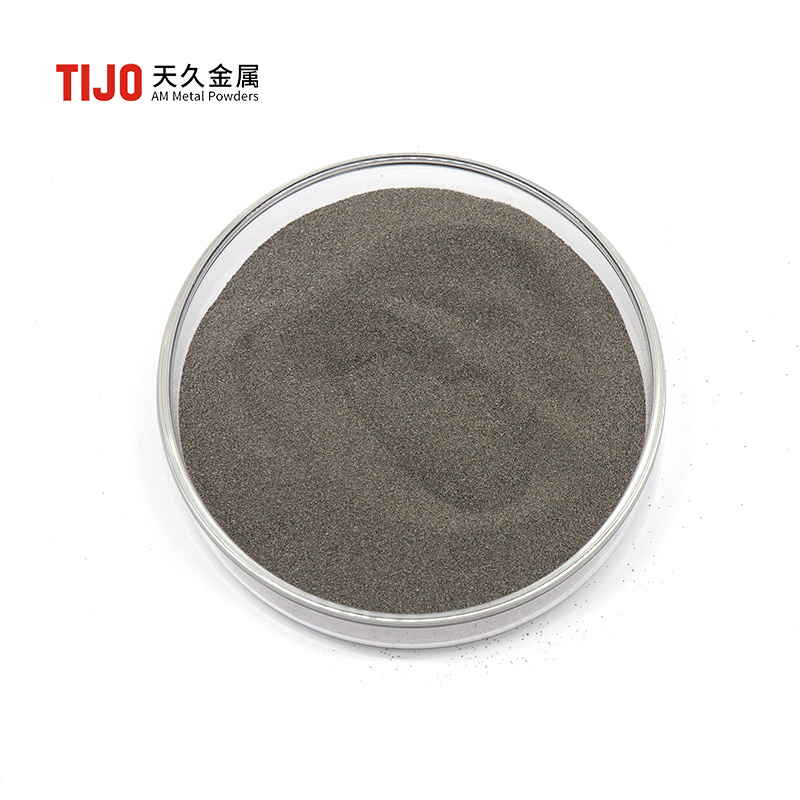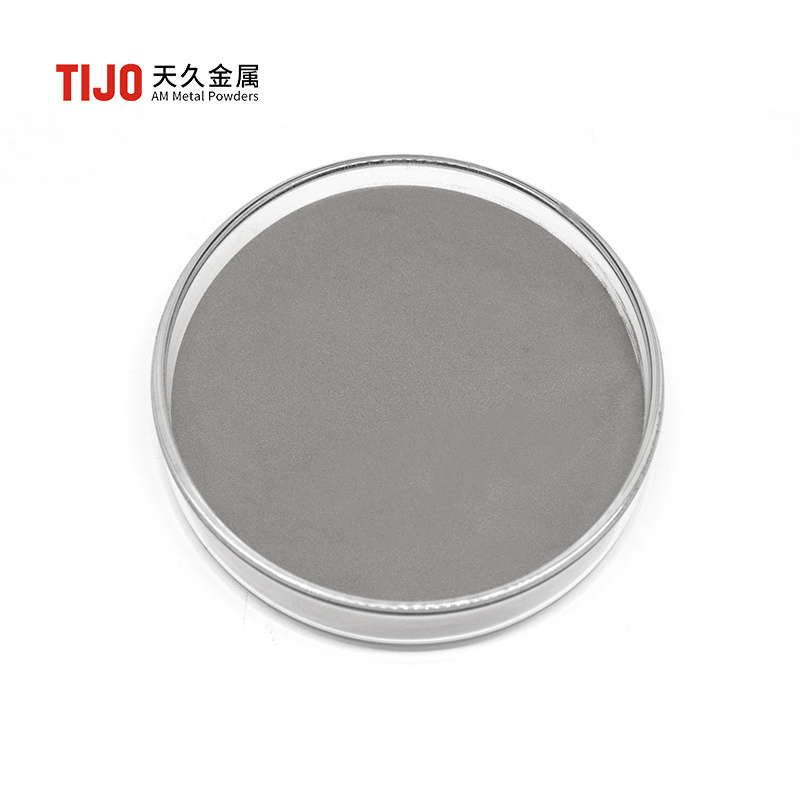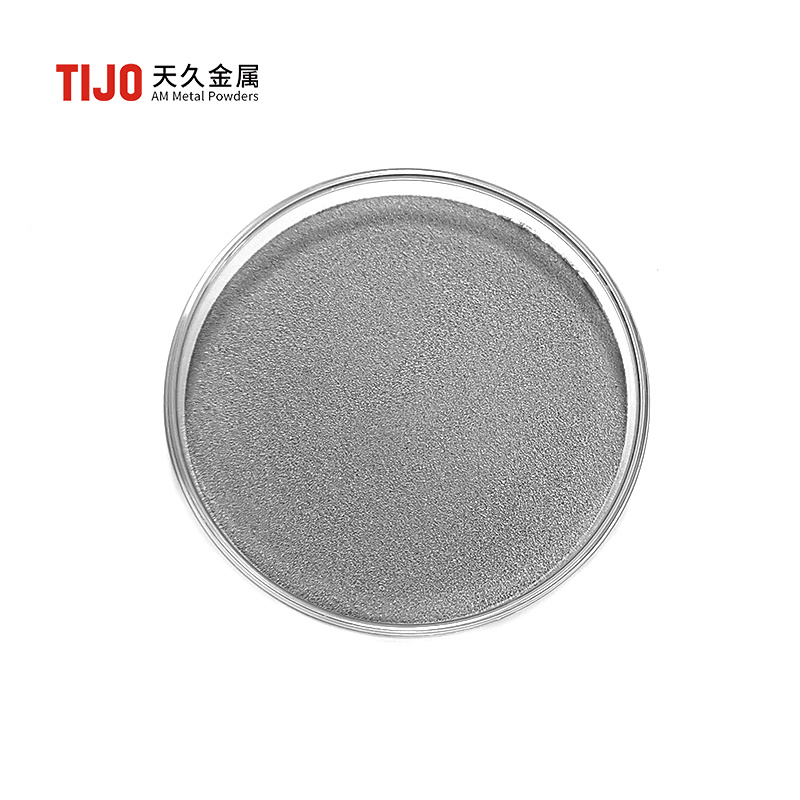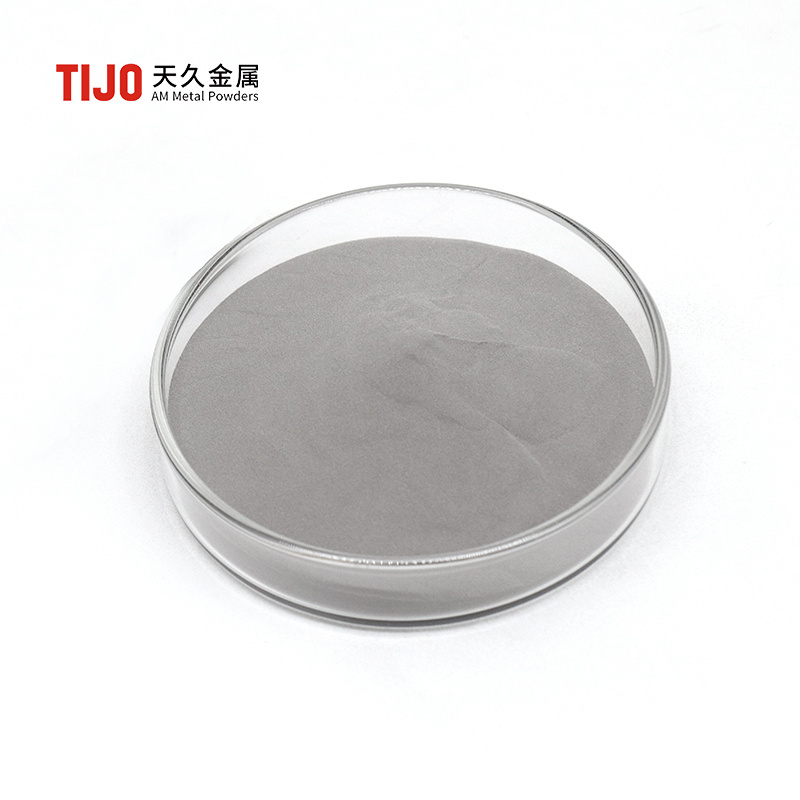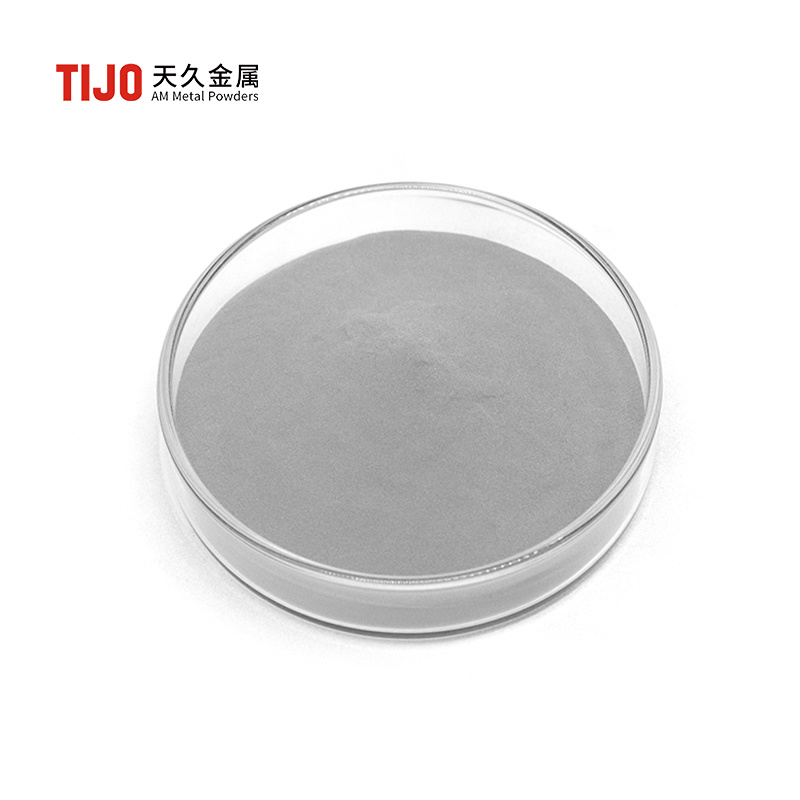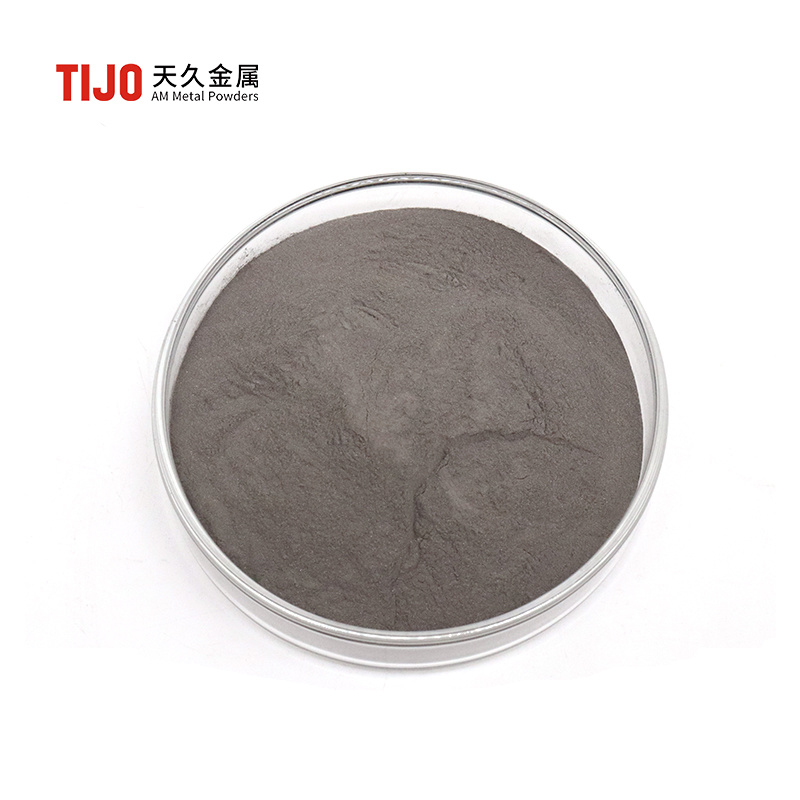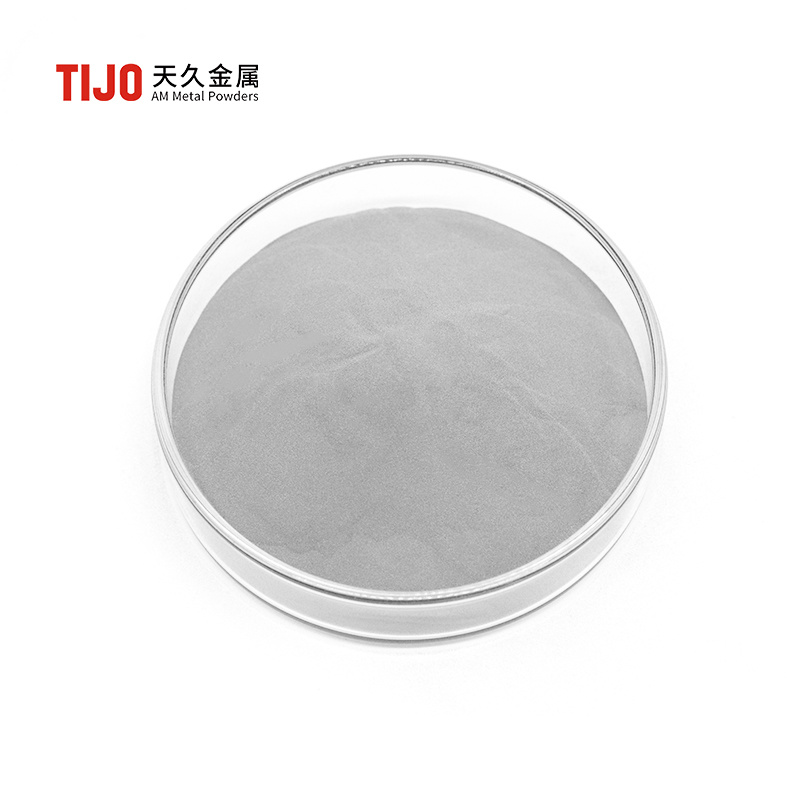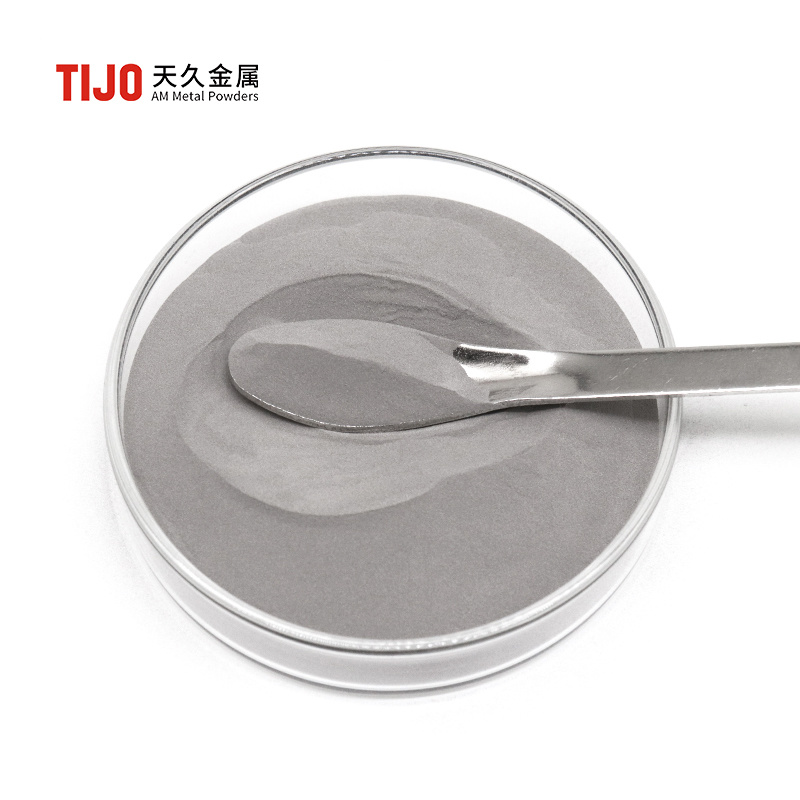1. Excellent Corrosion Resistance: High molybdenum (Mo) content enhances resistance to pitting and crevice corrosion, suitable for harsh environments such as marine and chemical applications. 2. Biocompatibility: Certified for biocompatibility according to ISO 10993, suitable for manufacturing medical devices and implants. 3. High Purity and Low Impurities: Oxygen content ≤0.1%, carbon content ≤0.03%, reducing printing defects and ensuring the density and strength of finished products. 4. Excellent Processing Performance: High sphericity (≥95%), good fluidity (Hall flow rate ≤25 s/50g), suitable for additive manufacturing processes such as SLM and EBM.
1. Ultra-high strength: After aging hardening, the tensile strength ≥1310 MPa, hardness HRC ≥40, excellent impact toughness. Performance is stable at low temperatures down to 300°C, and fatigue resistance is outstanding. 2. Corrosion resistance: Resistant to atmospheric, seawater, and weak acid corrosion; suitable for chemical and marine environments. Passivation or plating further improves corrosion resistance. 3. Processing adaptability: High sphericity (≥95%), low oxygen content (≤0.1%), excellent fluidity, suitable for 3D printing of complex structures. Small heat treatment deformation, supports precision machining and surface polishing.
1. Corrosion Resistance: Resistant to weak acids, alkalis, chlorides, and organic media corrosion. Its intergranular corrosion resistance is superior to 304 stainless steel. It exhibits good oxidation resistance and is suitable for humid and high-temperature steam environments. 2. Processing Adaptability: High sphericity (≥95%), low oxygen content (≤0.1%), and excellent fluidity reduce additive manufacturing defects. Excellent weldability, no annealing required after welding, and no tendency for hot cracking. 3. Environmental and Hygiene: Lead-free and cadmium-free, compliant with FDA and RoHS standards, suitable for food contact applications.
1. Ultra-high strength: Tensile strength ≥1900 MPa and hardness ≥50 HRC after aging treatment, suitable for high-load scenarios. 2. Excellent machinability: High sphericity (≥95%) and low oxygen content (≤0.1%), suitable for 3D printing and complex structure forming. 3. High-temperature performance: Good high-temperature stability, suitable for mold hot-working parts and parts used in high-temperature environments. 4. Heat treatment friendly: Can be rapidly strengthened by aging treatment (480-500℃) to improve mechanical properties.
High Frequency, Low Loss: Low eddy current loss, suitable for MHz-level high-frequency applications; High Permeability: Initial permeability ≥5000, improves device efficiency; Temperature Stability: Magnetic performance fluctuation <5% from -50°C to 200°C; Process Compatibility: Compatible with insulation coating, hot pressing, and additive manufacturing
Microscopic organization is uniform. 1. Powder metallurgy processes (such as gas atomization) reduce compositional segregation and form a fine and uniform grain structure. 2. Enhance the overall mechanical properties of the material, such as tensile strength and toughness. Excellent thermal stability and resistance to thermal fatigue. 1. Maintains high hardness (up to 45-52 HRC) at high temperatures, suitable for conditions with repeated heating and cooling. 2. Outstanding resistance to thermal cracking, extending mold life. Good processing adaptability. 1. High sphericity powder is suitable for additive manufacturing (such as SLM, EBM) and metal injection molding (MIM), enabling the manufacture of parts with complex geometries. 2. High density after sintering, reducing the need for subsequent processing. High wear resistance and corrosion resistance. 1. Vanadium and molybdenum carbides enhance wear resistance, suitable for high-friction environments. 2. Chromium element provides
1. Ultra-high strength: Tensile strength ≥1500 MPa after heat treatment, hardness can reach 45-50 HRC. 2. High toughness: Good impact absorption capacity, excellent fatigue and fracture resistance. 3. Processing adaptability: Good powder flowability (particle size optional 15-150μm), suitable for 3D printing, spraying and pressing processes. 4. Corrosion resistance: Oxidation resistant in mild environments, surface can be enhanced by plating. 5. Flexible heat treatment: Supports quenching + tempering treatment to optimize mechanical properties.
1. Excellent Machining Performance: High sulfur content (≥0.15%) improves machining efficiency and reduces tool wear. 2. Basic Corrosion Resistance: Chromium content of 16-18% allows for use in general corrosive environments (such as atmospheric and freshwater). 3. High Formability: Good powder flow (Hall flow rate ≤30 s/50g), suitable for MIM and pressing sintering processes. 4. Low Cost Advantage: Economical stainless steel material, suitable for mass production of standardized parts.
1. High Strength and Toughness: After aging hardening, the tensile strength is ≥1310 MPa, the hardness HRC≥40, and good impact toughness is maintained. Stable performance in low-temperature to 540°C environments. 2. Corrosion Resistance: Resistant to general atmosphere, seawater and weak acid media corrosion, superior to ordinary martensitic stainless steel. Surface passivation or plating can further improve corrosion resistance. 3. Process Adaptability: High sphericity (≥95%), low oxygen content (≤0.1%), excellent fluidity, reducing 3D printing defects. Supports complex structure forming, small heat treatment deformation, and easy machining and polishing.
1. Superior Soft Magnetic Properties: High saturation magnetization (≥1.5 T), low coercivity (≤80 A/m), and low hysteresis loss. High resistivity (≥45 μΩ·cm) effectively suppresses high-frequency eddy current loss. 2. High Processing Adaptability: Spherical powder exhibits excellent flowability, with a bulk density ≥3.2 g/cm³, suitable for complex structure molding. Low oxygen content (≤0.2%) reduces sintering porosity and improves density. 3. Stability and Environmental Friendliness: Excellent temperature resistance (operating temperature -50°C to 200°C) and strong oxidation resistance. Lead-free and environmentally friendly, compliant with RoHS standards.
1.Ultra-high hardness: Hardness ≥62 HRC after heat treatment, excellent wear resistance. 2.Excellent red hardness: High hardness is maintained below 600℃, suitable for high-speed cutting scenarios. 3.High-density forming: High sphericity of powder, good fluidity (particle size optional 15-53μm), density of printed/sintered parts ≥99%. 4.Strong toughness balance: Excellent chipping resistance and fatigue resistance, extending tool life. 5.Process compatibility: Adaptable to laser cladding (DED), 3D printing (SLM), spraying and other processes.
1. High-temperature oxidation resistance: Chromium element forms a dense oxide film, with excellent stability at high temperatures (≤800℃). 2. Corrosion and wear resistance: Resistant to acid and alkali media corrosion, high hardness, suitable for wear environments. 3. Excellent forming performance: Good fluidity, stable loose density, adaptable to various additive manufacturing processes. 4. Strong and tough bonding: Dense structure after sintering or cladding, balanced mechanical properties.



